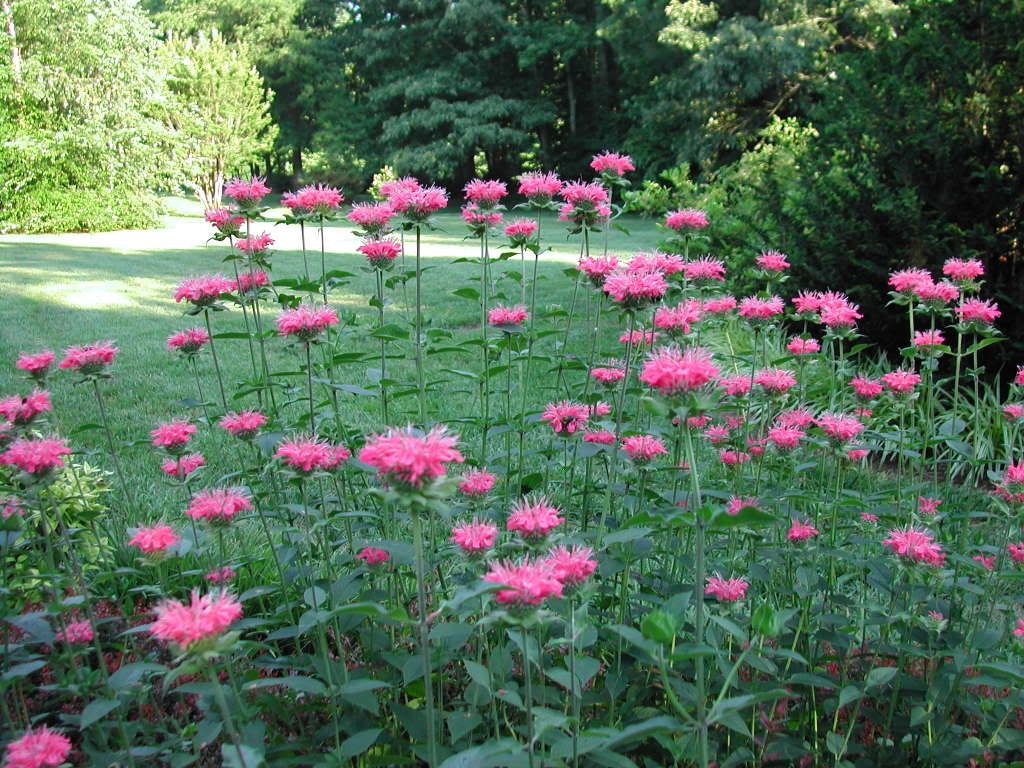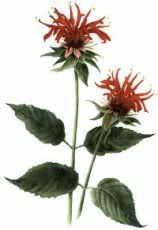
BIRCH
When I hear" birch trees" a vision comes to mind of young thin, tall bright, white trees swaying together in the wind. Intolerant of shade, white birches stand in the open often near lakes or open hill tops reclaiming for the forest what fire, violent winds or man has cleared. A rapid grower, it rapidly survives to 150 years or grows taller than 80 feet, or wider than 2 feet in diameter. Be speaking its love and need for full sunlight the white birch reflects all light that comes its way and stands out thereby.
Long ago an old hollow birch protected the six great mythic Winabojo from an attack by the mighty Thunderbirds. In gratitude Winabojo blessed the Birch tree. He (?) told the Chippewa people " As long as the world stands this tree will be a protection and benefit to the human race. If they (?) want to preserve anything they must wrap it in birch bark and it will not decay. The bark of this tree will be useful in many ways and when people want to take the bark from the tree they must offer tobacco to express their gratitude ". Because of all this a birch tree is never struck by lightening people can safely stand under its branches during storm and the bark is the last part of the tree to decay ( HIU, by Frances Densmore, p.384)
The native peoples have used the birch bark for storage containers , maple sap collectors, cooking pots (amazingly enough with water in it birch bark will not burn) kindling, medicine, spoons, decorations and canoes. The birch bark canoe has grown into its own well-deserved myth. Sturdy and relatively light a product of its own natural environment it is easily repaired with readily available or carried materials -- transportation at its best!!
When gathering birch bark it is important never to peel a standing, living tree, since it can disfigure it or even kill it.
People have used the outer bark brewed into strong decoction as a wash or in a bath for chronic or severe skin problems.
A small pellicle of the bark was used as a scraper to slowly tear the outer edge of a cataract, thus making possible a finger grip on the edge to gently remove the film from the eye, thereby returning (lost?) vision. Good sized pieces can be used as splints for injured limbs. One particular Ojibwe woman used to bind her head with birch bark to cure a headache.
Just under that smooth white birch bark lies a thick inner bark, a source of good food, and helpful medicine. It can be eaten raw, and it's said to have saved hundreds of lives in that way. It can be grated or cut into bits or strips and added to soups and stews or dried and ground into a flour or meal for breads or porridge. Unlike many barks birch is bland in flavor while still somewhat sweet. Thus it is both a good emergency food and a good nutrient to include in a general diet.
Besides its food value the inner bark brewed as a tea is diuretic and helps resolve intermittent fevers, rheumatism, edema, and bladder stones. AS a strong decoction it is used externally for its astringent and weakly antiseptic qualities; as a cleansing and healing wash an/or poultice it is used on bruises, wounds, burns, scalds, tumors, and to help resist putrefaction in open sores. The boiled inner bark may also be ground fine between 2 stones and used as a plaster/ poultice for healing bruised wounds, cuts burns and scalds.
The properties of the birch leaves are similar to those of the inner bark. When young and tender they are edible raw or cooked. Best gathered before mid-summer, the leaves can be infused into tea, either fresh or dry. a strong brew of the tea is very diuretic, mildly sedative weakly antiseptic and disinfectant diaphoretic, laxative and blood-cleansing. It helps dissolve kidney and bladder stones and eases rheumatism gout and edema when taken 3 times daily for a while. Externally the tea can be used as a wash or poultice or as a bath additive for skin problems and eruptions and gargled for mouth and canker sores (?).
The twigs of birch have been boiled in water to improve flavor of other herbal tea mixtures. It is said to be compatible with almost all other herbs.
An Ojibwe woman in 1840 told how she stripped off the bark from a birch tree to get access to a milky substance on the trunk which was then scraped off an used as a remedy for tuberculosis.
Birch sap has been tapped in the early spring for centuries. It can be drunk straight from the tree and as such is very tonic for anemia arthritis and vitamin deficiencies such as scurvy. It too is diuretic and laxative. Some say it can be preserved for months by pouring a little oil on its surface.
Having much less sweetness than maple sap and a shorter 'running season' it is now rarely tapped to make syrup except in those areas where maples are rare. The birch syrup I've tried was heavier and more like molasses in taste than maple syrup. The sap can also be fermented into birch beer or wine. If exposed to air and heat the sap will turn to vinegar. As a daily wash the sap stimulates the scalp and encourages the growth of hair.
The root bark of the birch was also used to improve and disguise the flavor of other less pleasant herbal teas. When cooked in maple syrup the resulting syrup (?) was soothing to stomach cramps.
When the bark is burned the ash has been found to be healing in a poultice for mouth sores and to remove scabs.
Though not gourmet items the catkins and flowers of birches are edible.
Twigs of birch are part of the regular diet of moose, deer, an snowshoe hare. Grouse eat the seeds and buds.
We will now turn to the other birches, Black Birch (Betula Lenta) Yellow Birch ( betula Lutea) European White Birch (vetula alba) and other birches have many properties similar to White Birch (betula papyrifera). The three just specified however have a distinct wintergreen taste in their twigs and bark that derives from the oil therein.
To extract this oil the twigs and bark are gathered from May to September chopped or ground up , Placed in vessels with water, and kept warm over a low fire for 12 or more hours; then the liquid is distilled and oil removed. The active principle is mehyl salicylate. Because of its flavor the oil is labeled and sold as wintergreen oil. It is commonly used as an astringent in antiseptic ointments for skin diseases as a flavor in candy and as a counter-irritant for sore stiff muscles and joints. The black birch yields by far the most with yellow birch a distant second and European white birch the least.
The sap of these birches can also be made into syrup, wine, vinegar and birch beer, with the added bonus of the wintergreen flavor. The twigs are also made into a tea that enhances the flavor of other teas.
The yellow birch is a very distinctive tree with several amazing attributes. sheathing an excellent hardwood for lumber and fuel is a bark that in a young tree is often shiny gold occasionally shiny bronze or silver. Old trees sport coarse scaly plates on the trunk with the shiny smooth bark still evident on the young branches high above.
Meanwhile down below at ground level, I'm often in awe to witness a large tree standing on stilts. yellow birch seeds, especially loved by birds, in late winter sprout readily wherever there is ample moisture, to the delight of deer who love the wintergreen flavor. Sometimes old stumps hold enough moisture for a seedling. In a few years new roots grow down the sides of the stump to the ground and still later the stump rots disappears and the yellow birch appears to be standing on golden stilts.
Black Birch also known as sweet birch and cherry birch.Its bark and twigs are perhaps more potent for the same uses as white birch because of the extra presence of the '' wintergreen oil'. The tea is also used for diarrhea, dysentery and cholera infantum, and as an enema ingredient. As an external wash and as a drink the tea purifies the blood especially when boils and sores are present.
To make a tonic, boil 2 pounds of twigs in a gallon of water until only a pint of strong brown tea is left. Drink about half a pint a day. To make birch beer, put a gallon of sap into a jug with a handful of corn and let natural fermentation do the rest.
Scandinavians traditionally used switches of European white birch to stimulate circulation during a sauna bath.




